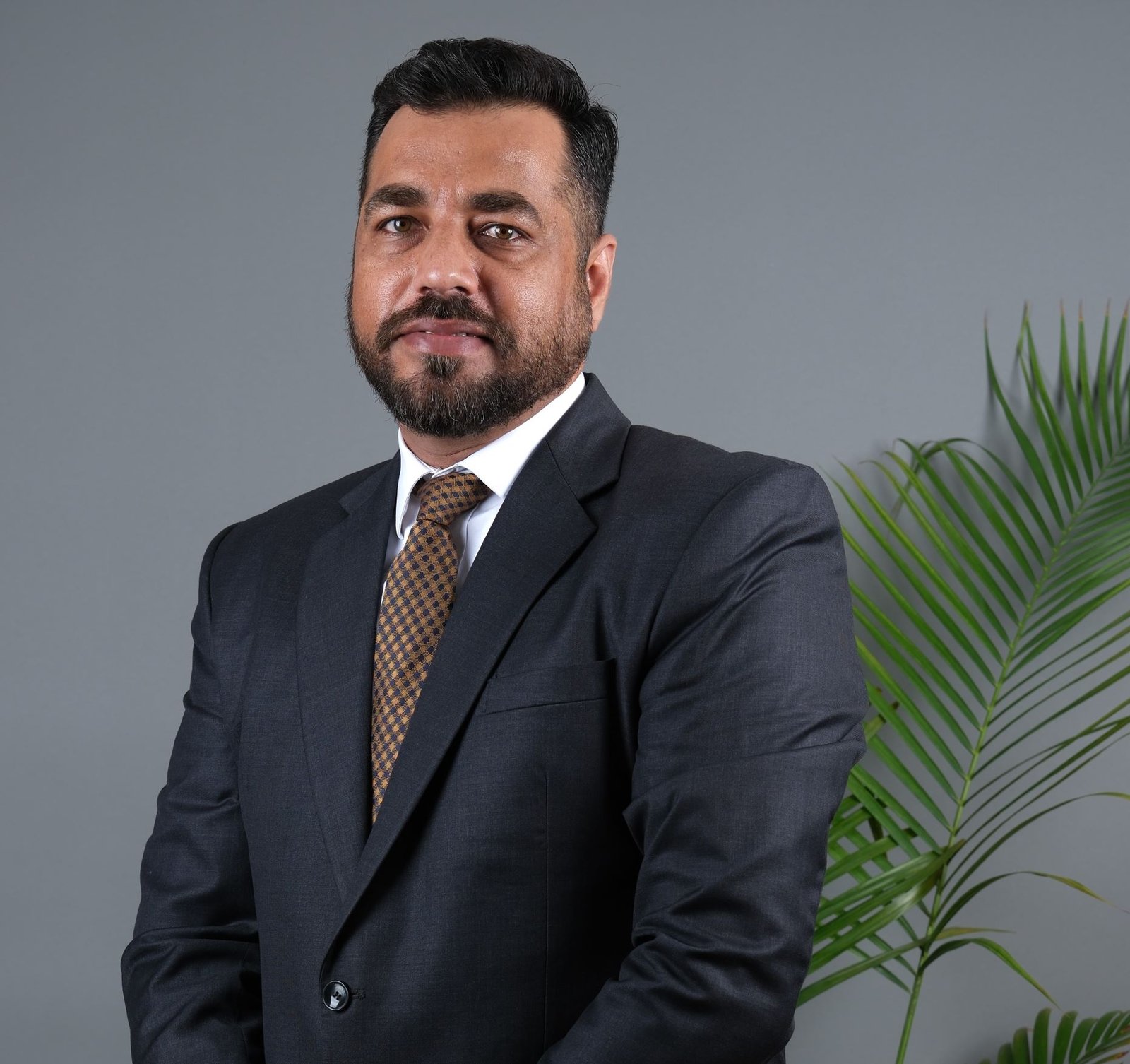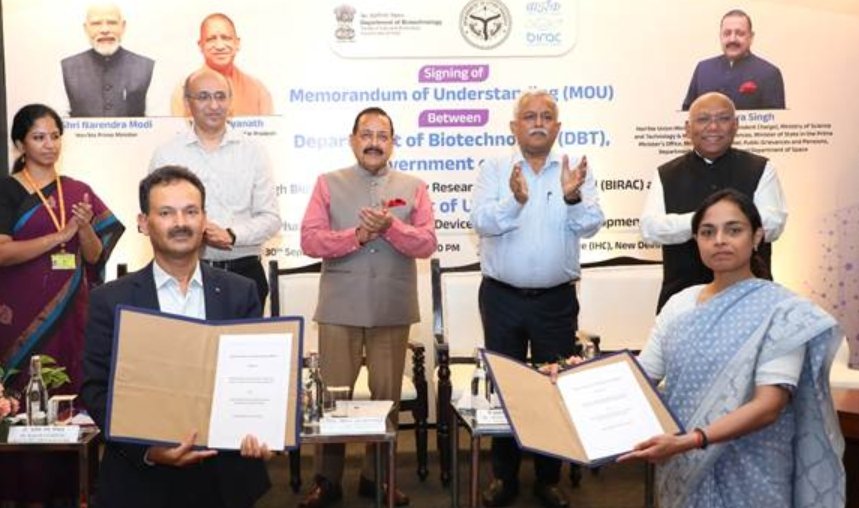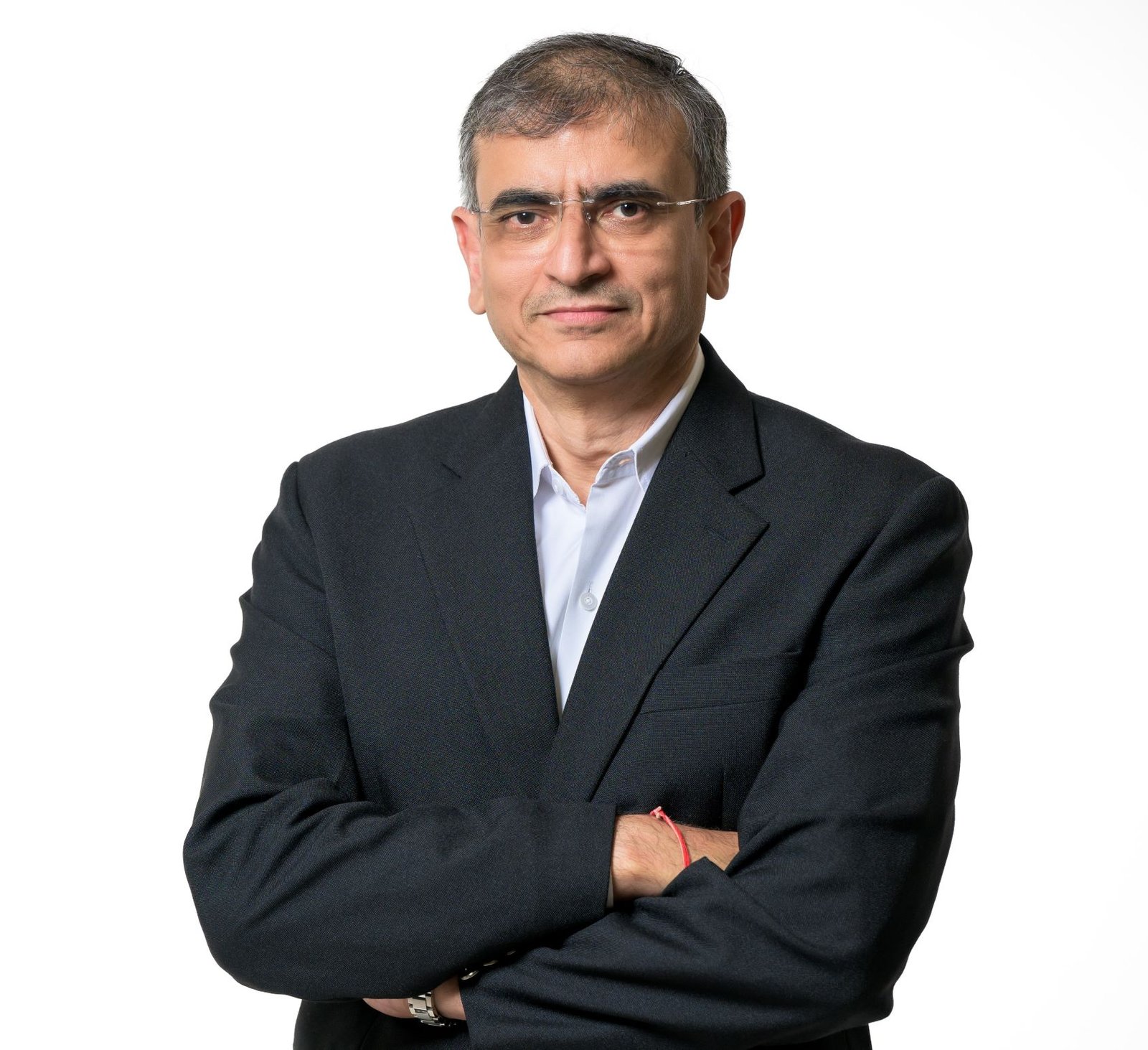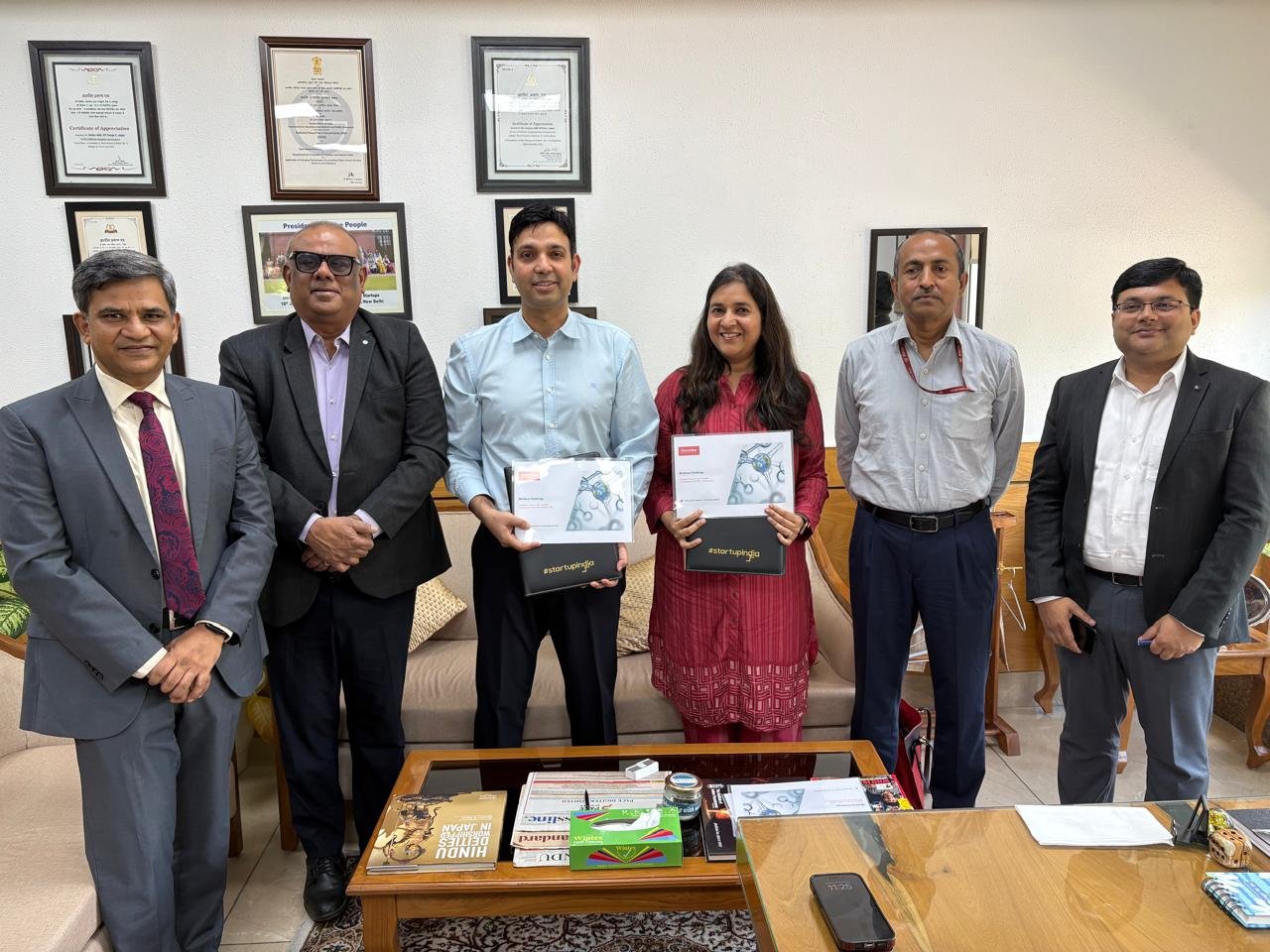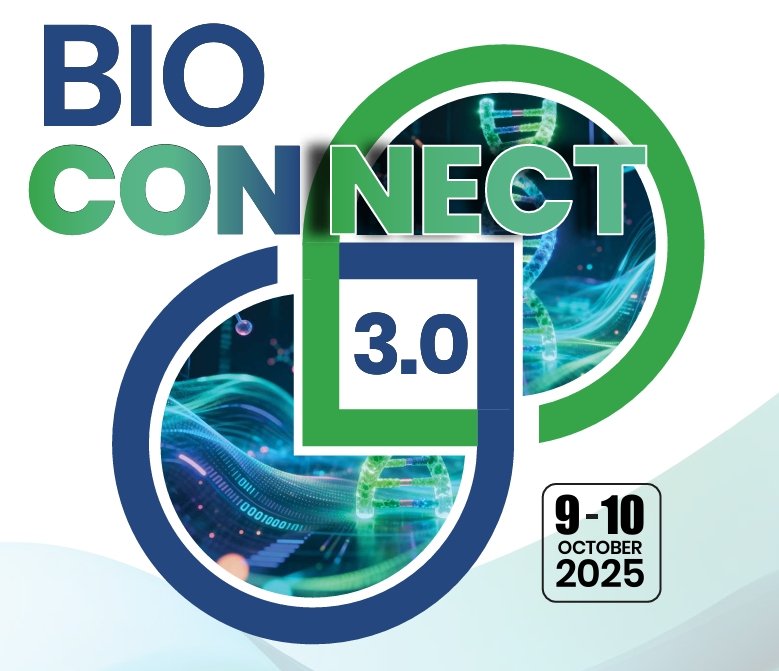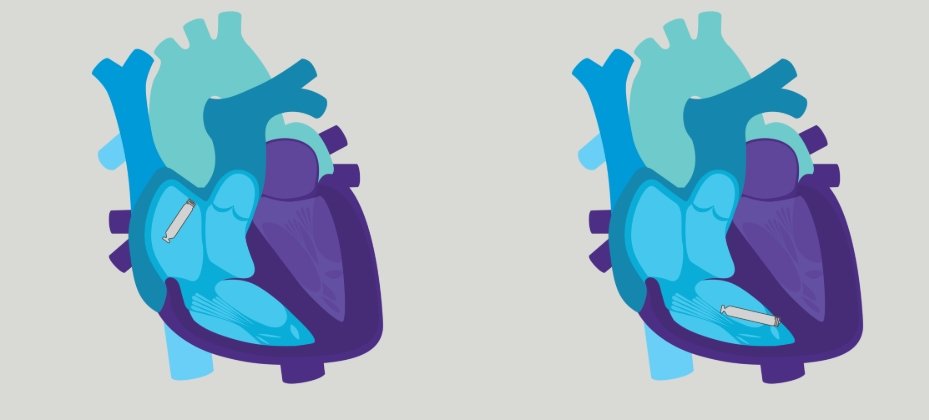Why Is Endoscopy Crucial for GI Cancer Diagnosis?
August 31, 2025 | Sunday | Views | By Dheeraj Chaudhri, Head, Endoscopy Systems Division, FUJIFILM India
The increased demand for gastrointestinal (GI) diagnostics in India, driven by rising disease rates and awareness of early intervention, is not evenly distributed. While major urban hospitals have expanded their endoscopic capabilities, many semi-urban and rural areas face limited access. Addressing this disparity is crucial for extending the benefits of early disease detection across the country.
India’s healthcare system is entering a decisive phase, with diagnostics emerging as a frontline weapon in the battle against lifestyle diseases and late-stage diagnoses. With a growing focus on early detection and preventive care, diagnostics are playing an increasingly vital role in improving patient outcomes. As the burden of both communicable and non-communicable diseases (NCDs) rises, there is a clear need to strengthen access to accurate and timely testing, particularly for gastrointestinal (GI) cancers, colorectal conditions, and many GI disorders, which are lifestyle-related.
Endoscopy remains a key diagnostic modality for GI conditions, enabling clinicians to identify cancers, ulcers, and infections at an early stage. In recent years, there has been a notable increase in demand for GI diagnostics, reflecting both the rising disease burden and greater awareness around early intervention. However, while major urban hospitals have expanded endoscopic capabilities, many semi-urban and rural regions continue to face barriers to access. Addressing this gap offers a significant opportunity to extend the benefits of early detection across India’s broader healthcare network.
Segments & Growth Drivers
Government Institutions: Public sector hospitals, particularly in tier-2 and tier-3 cities, are expanding diagnostic infrastructure through schemes such as Ayushman Bharat and the National Health Mission. Investments are focused on strengthening endoscopic capabilities for routine and specialised screenings.
Private Multi-Specialty Hospitals: These facilities continue to lead in the adoption of advanced endoscopic systems, especially in gastroenterology, pulmonology, and oncology. High patient volumes and quality-driven care models support continuous upgrades in diagnostic equipment.
Diagnostic Centres and Day-Care Clinics: The shift toward outpatient-based diagnostics and early screening has accelerated demand for compact, high-throughput endoscopy systems. These facilities play a key role in expanding preventive health access across urban and semi-urban areas.
Key Technological Challenges Hindering Scale
While the endoscopy market in India is steadily gaining ground, a few challenges continue to limit its wider reach. Most advanced systems are still concentrated in metro hospitals, making access difficult in smaller cities and rural areas where infrastructure is still catching up. The prohibitive cost of equipment, along with the need for trained specialists and paramedic staff, is the need of the hour to operate and maintain advanced technological tools in remote government institutes as well as mid-sized private hospitals, often putting it out of reach for mid-sized and government-run facilities. There is a growing need to strengthen the skilled workforce, including gastroenterologists, nurses, and technicians, who are essential to running these services smoothly. At the same time, many healthcare setups are still working toward better integration between diagnostic tools and electronic health records, which is important for faster reporting and consistent follow-up care.
Where the Future is Headed
India’s endoscopy landscape is poised for a major leap forward, driven by artificial intelligence (AI), miniaturisation, and a growing national focus on early cancer detection.
Expansion into Tier-2 and Tier-3 Regions: Government programmes such as Ayushman Bharat and the National Health Mission enable diagnostic expansion at the district level. Mobile endoscopy units and modular setups are emerging as effective models for delivering services in primary health centres (PHCs), community camps, and remote areas.
AI-Driven GI Diagnostics: One of the most groundbreaking trends is the integration of AI in GI endoscopy, particularly for: Polyp and lesion detection during colonoscopy; Real-time image analysis for early cancer markers and Automated documentation and enhanced reporting accuracy.
AI technologies now assist gastroenterologists in identifying abnormalities that might be missed during routine screenings, especially in high-volume settings. This not only enhances diagnostic precision but also enables task-sharing in resource-constrained environments.
Advancements in Gastric Technologies: New endoscopic platforms feature enhanced imaging modalities such as Amber-Red Colour Imaging (ACI), Blue Light Imaging (BLI), and Linked Colour Imaging (LCI), which allow for improved visualisation of gastric mucosa and early-stage tumours. These innovations help clinicians detect gastric cancer, H. pylori infections, and chronic gastritis with higher accuracy and confidence.
Portable & Ambulatory Endoscopy Units: The demand for portable and modular systems is rising sharply, particularly in PHCs, district hospitals, and mobile medical vans. These innovations enable clinicians to perform diagnostic procedures in non-hospital settings, dramatically improving reach in underserved areas.
Integration into Preventive & Screening Programmes: Endoscopy is increasingly being embedded into community-based screening initiatives for colorectal cancer, gastric malignancies, and TB-related pulmonary conditions. Its non-invasive nature and cost-efficiency make it ideal for mass deployment in public health settings.
Policy & Infrastructure Enablers Needed
To expand access to minimally invasive diagnostics, India will need to foster stronger public-private partnerships that focus on long-term system readiness. These collaborations can play a key role in enabling the deployment of endoscopic systems in underserved regions, supporting the development of endoscopy-specific training programmes, and ensuring that these services are integrated into primary care frameworks. It is very critical that government policy makers strategically align with Endoscopy Technology partners and healthcare professionals to work on capacity building and creating learning programmes for bridging the resource gap and adoption of technology for improved patient outcomes.
Aligning national skill-building efforts, such as Skill India and the objectives outlined under the National Health Policy, with specialised diagnostic training will be essential to address the workforce gap in semi-urban and rural areas.
Similarly, expanding reimbursement support under Ayushman Bharat and state insurance schemes can significantly improve affordability and uptake of endoscopic procedures. Regulatory alignment and the integration of diagnostic tools with digital health platforms will also be important to ensure seamless reporting, follow-up, and continuity of care. With the right policy support and coordinated execution, these efforts can accelerate the adoption of minimally invasive diagnostics and make early detection more accessible across the healthcare system.
Building India’s Endoscopy-Ready Future
For India to meet its goals around timely, effective, and equitable healthcare, diagnostic services like endoscopy must evolve from being specialised offerings in large hospitals to becoming part of routine care across all levels of the health system. Expanding access beyond metros and equipping local clinicians with the right tools and training will be essential to support early detection and timely intervention, particularly for conditions where delays in diagnosis can lead to avoidable complications.
With sustained innovation, focused training, and cross-sector collaboration, minimally invasive diagnostics can play a defining role in strengthening India’s preventive care framework. As the country continues to invest in expanding healthcare access, integrating endoscopy into mainstream diagnostic pathways will be critical.
The question is no longer whether India will scale minimally invasive diagnostics, it is how fast and how inclusively we can do it. With bold innovation, targeted investment, and stronger public-private synergy, endoscopy can move from specialised use to standard frontline care.
Dheeraj Chaudhri, Head, Endoscopy Systems Division, FUJIFILM India


